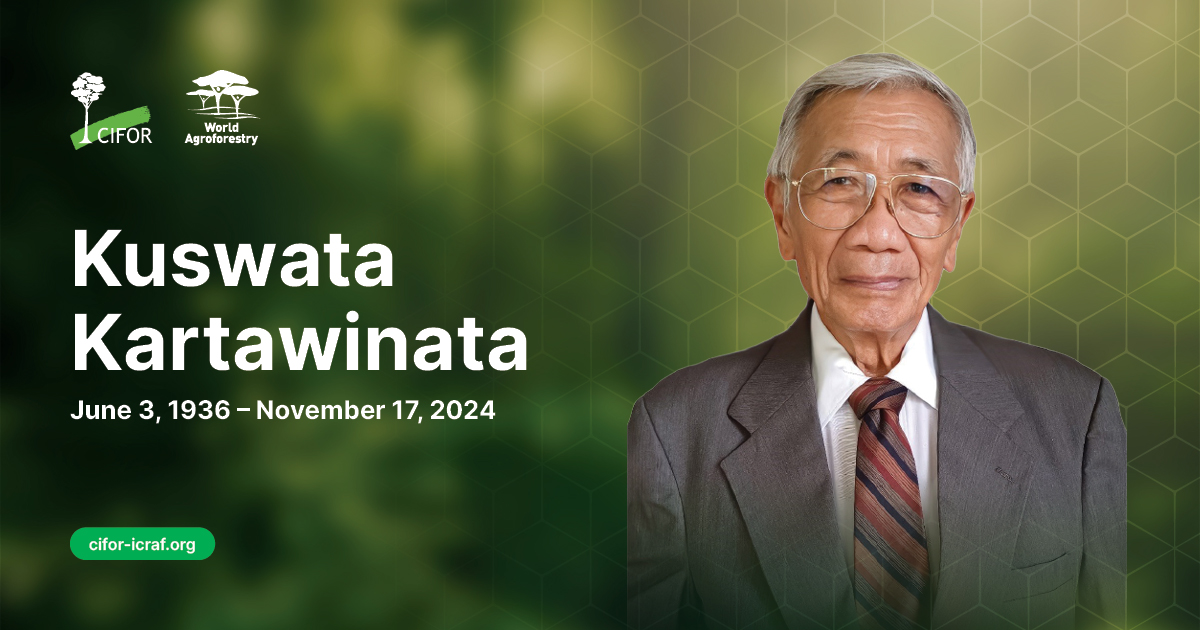Understanding the performance of agroforestry woody species in controlled and free grazing systems is crucial for scaling up agroforestry practices. The objective of this study was to identify and evaluate the determinants of agroforestry woody species composition and regeneration in free and controlled grazing systems in the Ethiopian highlands. Household and field surveys were conducted on 83 and 171 households selected from controlled grazing (CG) and free grazing (FG) systems, respectively. Woody species performance was compared between the two grazing systems using independent T-test. Seemingly unrelated regression (SUR) was used to identify the factors determining woody species density/abundance, diversity and regeneration. Most trees were grown for fuel wood and timber rather than for fodder. CG users owned more diversified species and abundant regenerates and mature trees/shrubs than FG users. The SUR results showed that herd size, farmland size, fencing, plantation of seedlings, education, wealth, grazing system, farmland distance from homestead and slope were the major factors affecting the composition and regeneration of species. Specifically the SUR results per-household indicated that woody species regeneration was highly affected by grazing system. Fencing is the common underlying factor positively affecting species diversity, regeneration and density of mature trees. Homestead distance from road and number of planted seedlings significantly affected density of regenerates and mature trees. Density of mature trees and species diversity were significantly affected by agroecology and slope. Woody species diversity was significantly affected by education, wealth, farmland size and project participation. Our findings revealed that the scaling up of woody species in agroforestry requires not only CG and favorable agroecology but also matching of agroforestry options with household and farmland characteristics.
DOI:
https://doi.org/10.1007/s10457-021-00650-6
Altmetric score:
Dimensions Citation Count:























